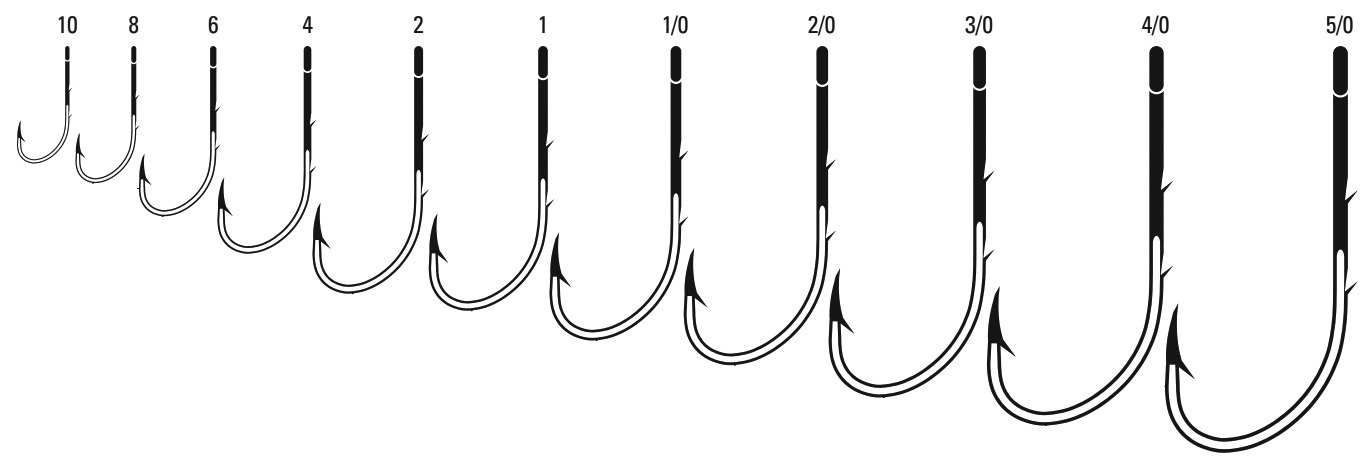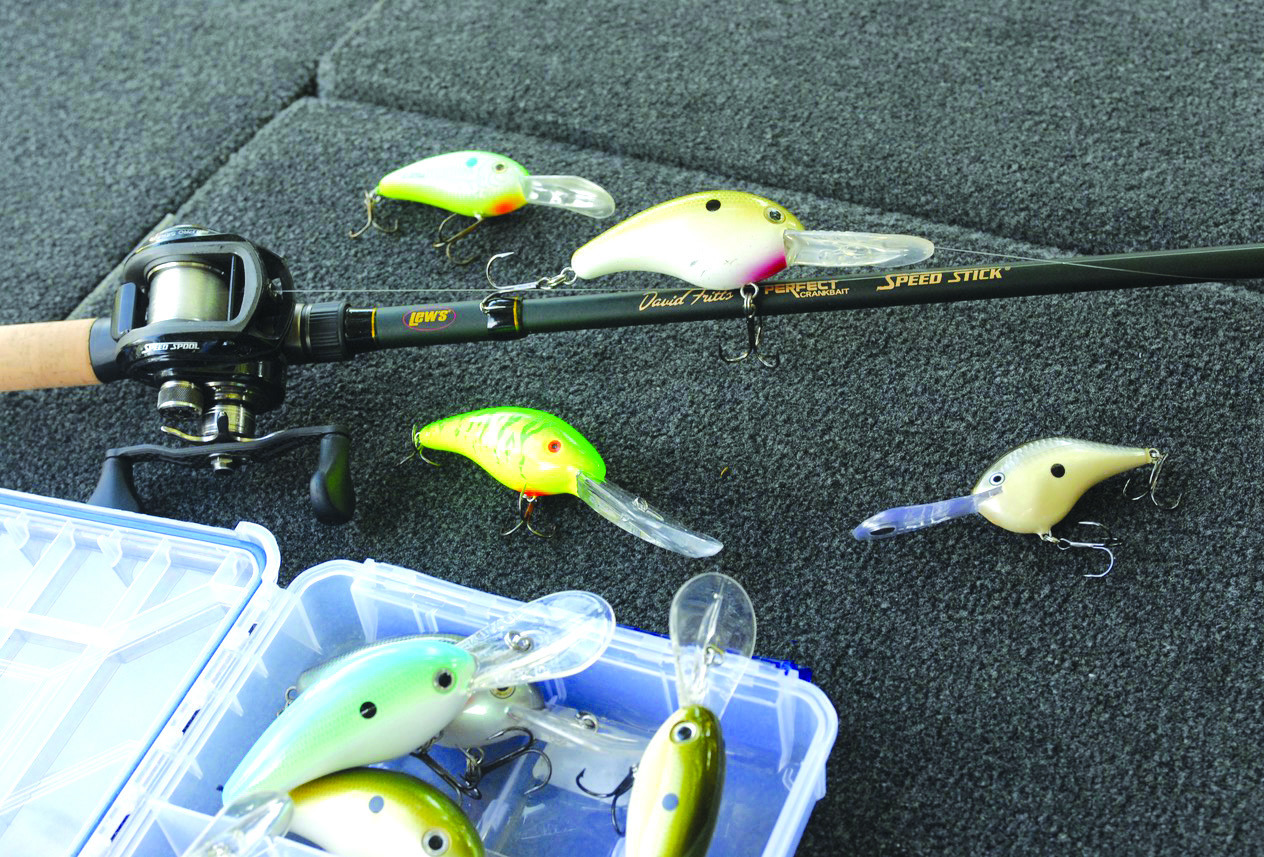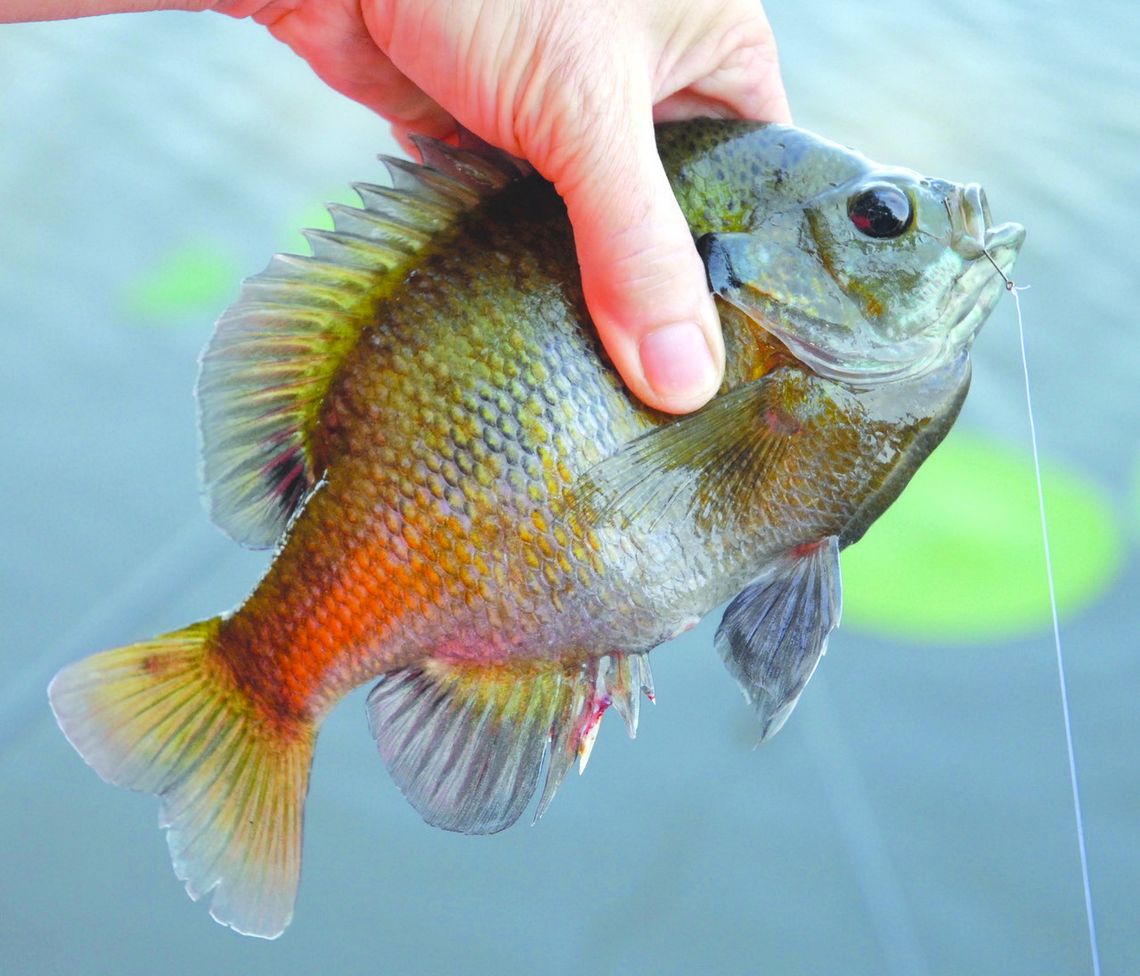Fishermen are always looking for that silver bullet -- a secret weapon they believe will help them catch more fish or get the edge over others.
The search often leads to the purchase of big expense items. In the end, many ultimately find out that silver bullets for fishing simply do not exist.
It never hurts to own the best equipment your can afford, but there is no need to break the bank getting there. Fishermen catch fish. Not $500 fishing reels, $300 fishing rods, $30 lures and pretty boats.
There is no substitute for fishing smart, on the water and off. Here are five solid tips to help make your next trip more successful.
Learn to Use Forward Facing Sonar
No single fishing tool has changed the face of fishing more in recent times than forward facing sonar has. It’s the biggest thing in the sport since the spot lock trolling motor. It is most popular in crappie and bass arenas.
FSS allows anglers to see fish way ahead of or around the boat in real time using a special transducer. More importantly, FFS allows for watching the bait after the cast and seeing how the fish react to it. Sometimes it’s possible to hound an individual fish with different baits until it bites.
Effective as FFS can be, it is not bolt-on success. Not even close. Learning to use it effectively takes time and dedication. Some anglers click with the technology extremely quick. Others lose interest too fast and never learn it well enough to develop critical confidence.
Here’s another forward sonar tip. The constant “ping” of a FFS transducer can put fish high alert, especially on heavily pressured waters. Once a group of fish are located, try turning the beam of the transducer the opposite direction to help prevent the ping of the transducer from spooking them.
Learn to use FFS and you’ll catch more fish and be more consistently successful.
Match the Hatch
Artificial lures come in a wide range of colors. It is not necessary to have one of each to catch fish.
Stick with the basics. It’s easier on the pocketbook. Plus, you will catch more fish.
The best colors are those that represent the color of the forage on which the fish are feeding. Water color can also dictate the best color.
Shad are a year-round favorite among Texas bass anglers. Silver, white, bone and chrome do a good job of simulating the succulent bait fish.
Crawfish come into play during winter and spring. Think red or orange. Bluegill colors with a mix of blue, orange, purple or yellow are never a bad choice.
In saltwater bays, many trout anglers swing toward lighter colors like chartreuse, silver, pearl or green in water that is relatively clear. Darker colors are often preferred in dirty water. The belief is darker colors are easier for the fish to see.
Hook Smart
It’s always best to use a good quality hook that is sharp to the touch and sized properly for the fish you are going after. The rule applies for single hooks often used in combination with soft plastics and live baits, or treble hooks used on hard body lures like crank baits and topwaters.
A good way to check a hook for sharpness is to place the point on your thumbnail. Apply light pressure and try to slide the point side-to-side.
If the point grabs, it’s sharp. If it slides, it is dull. Sharpen it or replace it.
It is equally important to be sure the hook fits the bait.
To wit: A 2/0 worm hook is much too small for Texas rigging a 10 inch plastic worm for bass. Choose a larger hook — 4/0 or 5/0 with a wide gap — when using larger plastics. Smaller plastics like a Senko or finesse worm call for a smaller hook.
Bluegill sunfish, rainbow trout, crappie or juvenile channel catfish also call for a special hook. The pint-size fish have very small mouths. Using too big of a hook will impede the ability of small fish to eat the bait and hinder hook-ups.
Baiting Holes: Easy Does It
Talking catfish without the mention of baiting holes is like leaving out the stink bait an night crawlers. Both appeal to the catfish’s super sensitive olfactory glands. Catfish junkies use range cubes and soured grains like milo, maize and chicken scratch to draw catfish to isolated sweet spots and trigger a feeding frenzy so the fish are easier to catch. Catfish can detect the scent of the grain from considerable distance and they are usually pretty quick to investigate.
The main idea behind baiting a hole is to attract the fish, not feed them. Use the soured grain sparingly. A small coffee or two spread the length a boat anchored at both ends should give everyone inside a good shot at catching fish.
Keep an Open Mind It’s alright to go fishing with a preconceived notion about what lures or tactics might produce best on a given day, but is never a good idea to stick with an approach that just isn’t working.
Always keep an open mind and be willing to change. This could mean something as simple as swapping from artificial baits to live, changing lure colors or altering the retrieve speed. You may need to abandon a pattern all together.…. Let fish tell you what they want.


Matt Williams is a freelance writer based in Nacogdoches. He can be reached by email, [email protected].
.png)











